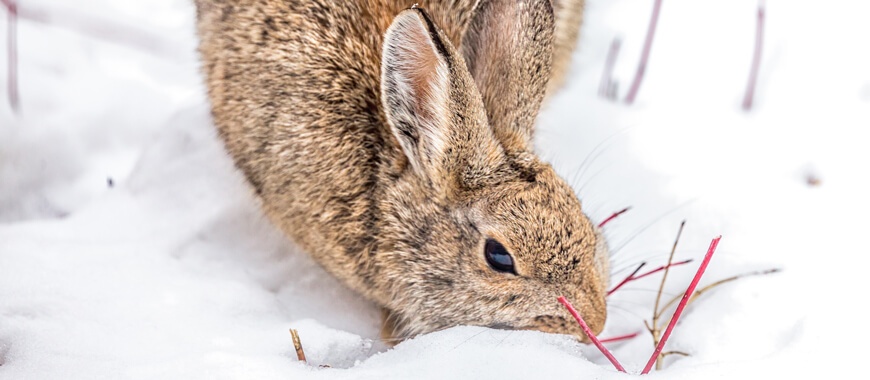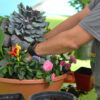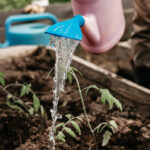The long winter is almost behind us and as the snow has melted, there have been a few surprises left for us to find! While the snow was a great insulator for plants, it unfortunately also caused many of our animal friends to become very hungry due to buried food sources. Therefore, a favorite option for food was trees and shrubs.
Rabbit damage is prominent on many shrubs, perennials and the lower portion of tree trunks. While the damage may look extensive, it often is more of an extreme pruning. In most cases, you can simply trim the shrub to even it out and let it grow. It may take some time to return to the desired height. However, if damage was done to the base of the plant, it may not come back. If you’re unsure of what to do, let it start to bud out and see how it grows. Then trim as needed.
Deer damage tends to be a result of scratching their antlers, however, they can also strip back trees by chewing on them. As the deer has rubbed around the trunk, the damage most likely has occurred all the way around the trunk which may be fatal. Keep in mind, the tree may have enough energy to bud out but will slowly decrease in vigor as the season progresses.
Voles are little rodents that look much like mice but without much of a tail. They tend to burrow just below the soil surface and chew on roots. You can see entire areas of your lawn devastated by these little rodents, or you may notice pathways where they traveled.
While it may be too late this season to prevent damage, there are products that can be used to help deter these animals from damaging your plants in the future. Liquid Fence Deer and Rabbit Repellent are effective when applied as directed. Bonide Mole and Vole Repellent is a great product to repel voles as well, again when used as directed. If you have questions about animal damage, we would love to help you figure out your next step in caring for your plants!



